27 Oct Cheasty: Nature for all, not athletics for the few
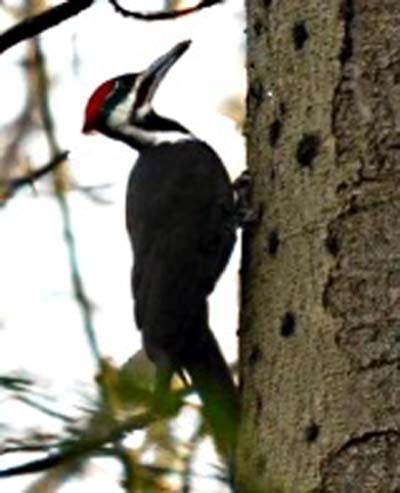 Help Stop “WRECKREATION” in Seattle’s GREENSPACES!
Help Stop “WRECKREATION” in Seattle’s GREENSPACES!
Keep Cheasty Protected for Wildlife Habitat, Biodiversity and low-impact recreation!
Protect, Preserve, and Enhance this important natural resource habitat in Southeast Seattle –the most diverse neighborhood in Seattle.
Friends of Cheasty (FOC), an activist neighborhood group for over 35 years, works to enhance and restore Cheasty Greenspace – now we must act to Save Cheasty Greenspace from high impact recreation (wreckreation). The Parks Department promoted a pilot project for mountain biking in  Cheasty Greenspace. FOC is formally appealing the Parks Department’s Determination of Non-Significance under the Washington State Environmental Protection Act (SEPA) for the proposed mountain bike park in Cheasty.
Cheasty Greenspace. FOC is formally appealing the Parks Department’s Determination of Non-Significance under the Washington State Environmental Protection Act (SEPA) for the proposed mountain bike park in Cheasty.
Friends of Cheasty is now raising funds to defend Cheasty Greenspace in the appeal against the Parks Department’s actions. Your donation will be used to require the Parks Department to complete a full SEPA review for the proposed project in Cheasty Greenspace. Your donation, no matter how small, will help protect Cheasty Greenspace as a natural area.
Please donate online through our fiscal sponsor, GROW, at: http://tinyurl.com/savecheasty. Be sure to enter CHEASTY in the Designation line (the third line on the form) – to ensure that we receive the donation. Thank you for your support!
For more information, please visit http://www.savecheastygreenspace.org/ and www.facebook.com/FriendsofCheasty.
“Protect, Preserve, and Enhance important natural resource habitat, biological diversity, and ecological integrity of natural systems”
(King County Comprehensive Plan for Natural Areas Parks)
Above is a new leaflet from Friends of Cheasty. They have hired a lawyer and are going to Court to challenge the Determination of Non-Significance (DNS) for the Cheasty Mountain Bike Park project.
Save Cheasty!
I feel strongly about this issue. Seattle has a large reputation as a “Green” city, for which it is both derided and praised. But is it accurate? In the end, who cares how much we recycle or compost if we aren’t willing to save any space in our city for nature and the creatures?
Only 1% of Seattle is in natural habitat. Only 14% of our Park-Dept-owned land is in natural habitat. Compare that to Portland, Oregon’s 70%.
And yet we are about to take a big step in the wrong direction. We’re about to downgrade our closest forest to the Downtown–a 47 acre wetland-riparian-forest that remains wooded only because every house built there eventually slid and was ultimately condemned and removed–from natural area protection.
Any citizen who can’t or won’t ride a mountain-bike will henceforth be a second-class citizen or an unwelcome trespasser in this forest. While Mountain-Biking may be popular and increasing as a sport–and is appropriate in many areas–it is undeniably only a discrete portion of the population that even could Mountain Bike (think differently-abled, old, young and infirm) and only a minority of even the people who could Mountain-Bike that actually have access to a bike and would want to get out there and do it. Why must we cater to this tiny group, taxing and spending $100,000 of City Neighborhoods Dept. money to build this for them while essentially giving them the property-deed for Cheasty?
Some say we can have both trails for bikes and people in Cheasty, but that collides with the size and the map of Cheasty, which is shaped like a gerrymandered Congressional district, long and narrow at both ends. There isn’t room for a double set of loop trails if you want to preserve any sense whatever of actually being out in nature, rather than on one more paved surface in the world.
Bike-Park proponents, who are very likeable and who also see themselves as environmentalists who are less stodgy than we are, see this as a way to connect children with nature. But there’s a flaw in that. I’m old, scared and too-busy now, but I used to do cross-state long distance riding and road-racing, coming in third in the 2nd Annual West Chester-to-Philadelphia Road Race, where for a block a breakaway group I was in got ahead of our police escort heading for Penn Square. Needless to say, I can’t tell you what kind of trees were lining Chestnut Street. When you ride a bike your not looking at nature or anything else. If you try that you’ll need immediate medical attention.
For Mountain Bikers and zip liners, nature is nothing but a place for people to play. When we turn high-quality nature areas into homes for these sports we’re teaching kids the opposite of the message we should be teaching them–that nature doesn’t deserve any baseline respect of its own.
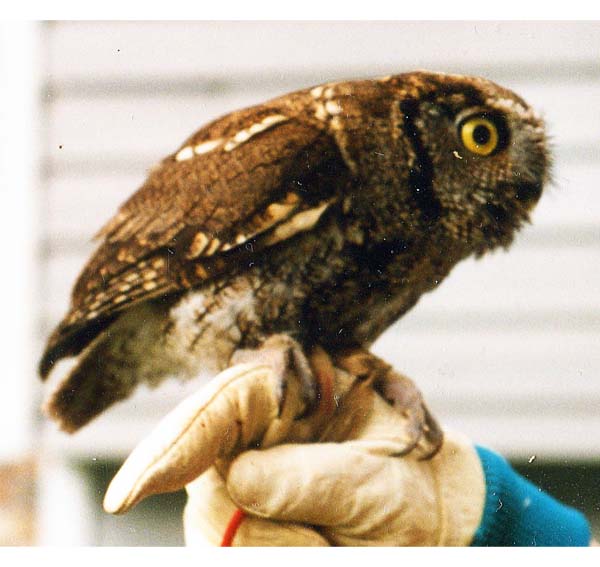
This Western Screech-owl rode 10 miles impaled on an auto grill after getting hit. But that was the good old days. Now they face possible extirpation in the Puget trough from the spread of Barred Owls.
The Determination of Non-Significance filed with the Cheasty Project is a perfect example of the definition of a job done in a “perfunctory” manner. Despite having very little text, it makes many errors, claiming that there are Winter Wrens and Western-Gray Squirrels in Cheasty. (There are Pacific Wrens and Eastern-Gray Squirrels in Cheasty.) It categorizes Pileated Woodpeckers as Common species in Northwestern forests even though this is a technical term and Pileated Woodpecker is nowhere common but rather “Uncommon.”
What makes it infuriating, however, is it’s lack of awareness that such things as population status are a moving target these days as we are living right now at the onset of the 6th Extinction. Birds that were taken for granted even five to 15 years ago in the Puget Trough are now becoming rare or extirpated. The Western-Screech Owl that was present through the 2015 breeding season in Cheasty is more deserving by far to be on the Washington state Species of Concern List than the Peregrine Falcon, which is actually on the list. The lag time and politics of these lists make them virtually irrelevant to the real situation on the ground. This is the only remaining Western Screech-owl I have heard of that’s still hanging on in Seattle. Similarly the Wilson’s Warblers and Pacific-slope Flycatchers that currently thrive in Cheasty are both already in serious decline in California. Both are both mid-canopy nesters and foragers and so both could easily be lost as a result of planned changes. Additionally, both birds are in a category that has a bullseye on it’s back in the 6th Extinction: both are insectivorous birds that migrate to the Neotropics.
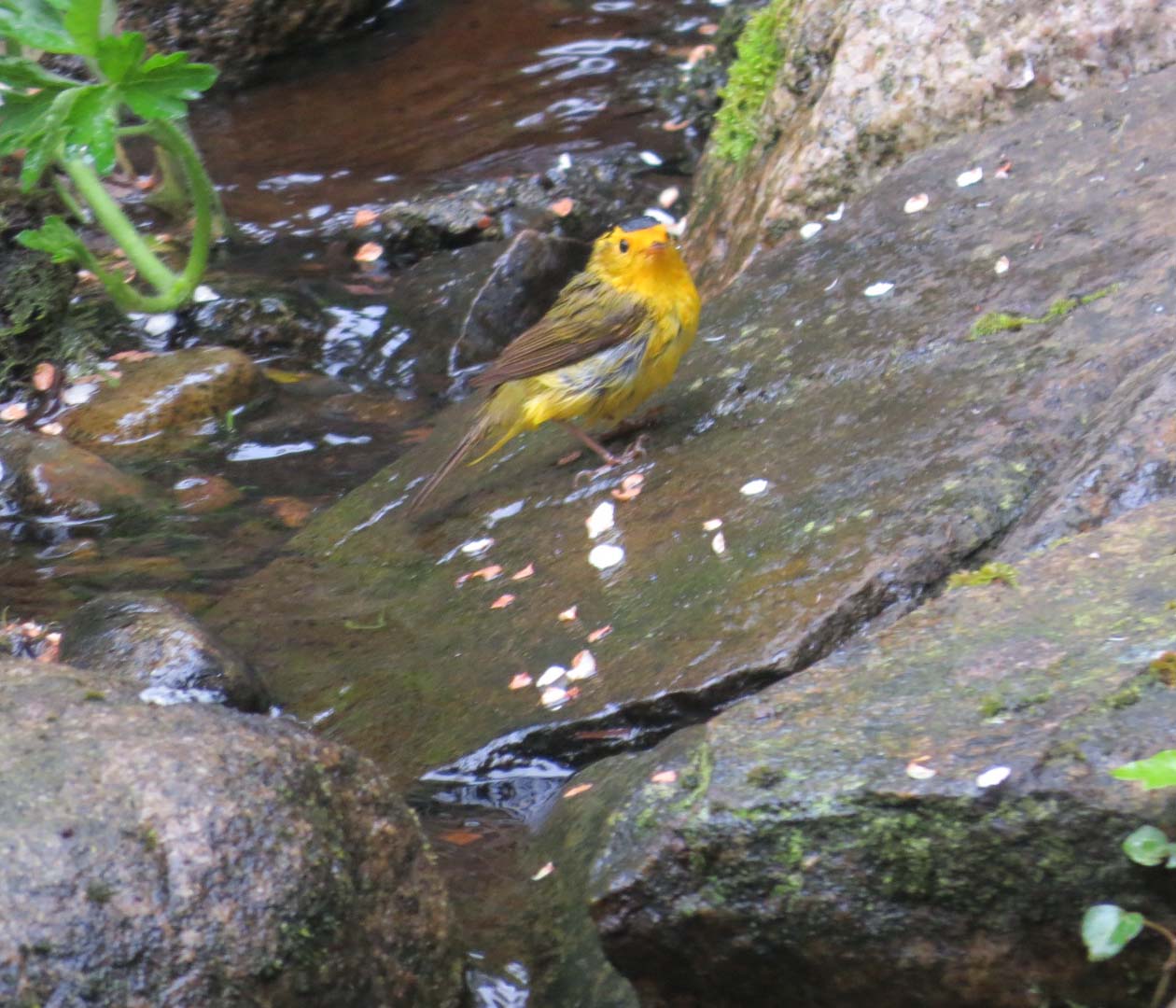
Wilson’s Warblers migrate regularly through Seattle but only breed in ideal wet deciduous forests, such as and including Cheasty
An even more exposed sub-group is Aerial Avian Insectivores, (AAIs) which hunt flying insects on the wing, and which include the flycatchers, swallows, swifts and nightjars and is the group the Pacific-Slope Flycatcher is in. Many of the AAIs are already rare, endangered, declining or gone from Seattle. An Olive-sided Flycatcher, becoming rare in the Puget lowlands, was at Cheasty this spring and a Common Nighthawk, extirpated from the Puget trough at the end of last century as a breeding bird, was seen there also. Pacific-slope Flycatchers, which are in serious decline in California and in a declining pattern in OR and WA, seem to adore Cheasty and multiple families appear to nest there.
Pacific-slope Flycatcher.
All over the world, Parks that people thought were safely set aside for nature are being taken over for other uses. Whether it’s shopping malls in the lowland riparian of Banff National Park, a highway straight through Noel Kempf Park in Bolivia, or a commercial pavilion in Istanbul’s Gezi Park, the theme is always the same: A place filled only with nature is an empty space in need of filling.
Seattle should repudiate that whole notion and stand up and point to Cheasty with pride. It’s a great example of a Northwest wetland-riparian deciduous forest and it’s fairly near downtown. Put the least damaging pedestrian trail there but don’t give in to whichever athletics-industry is currently in vogue so it can inevitably place it’s own interests there above nature and biodiversity.

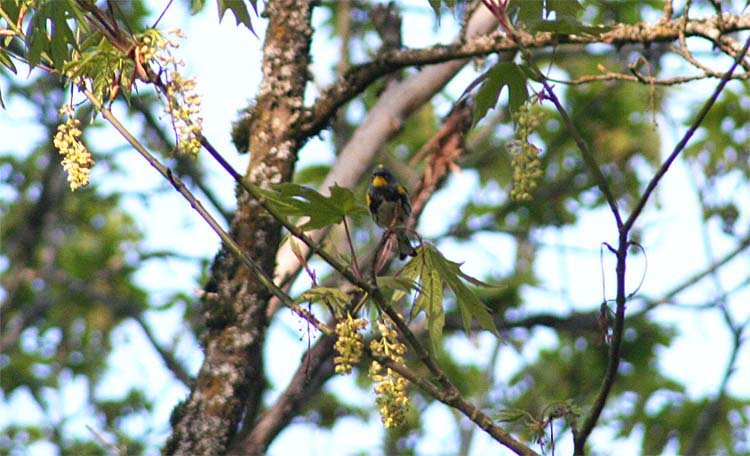
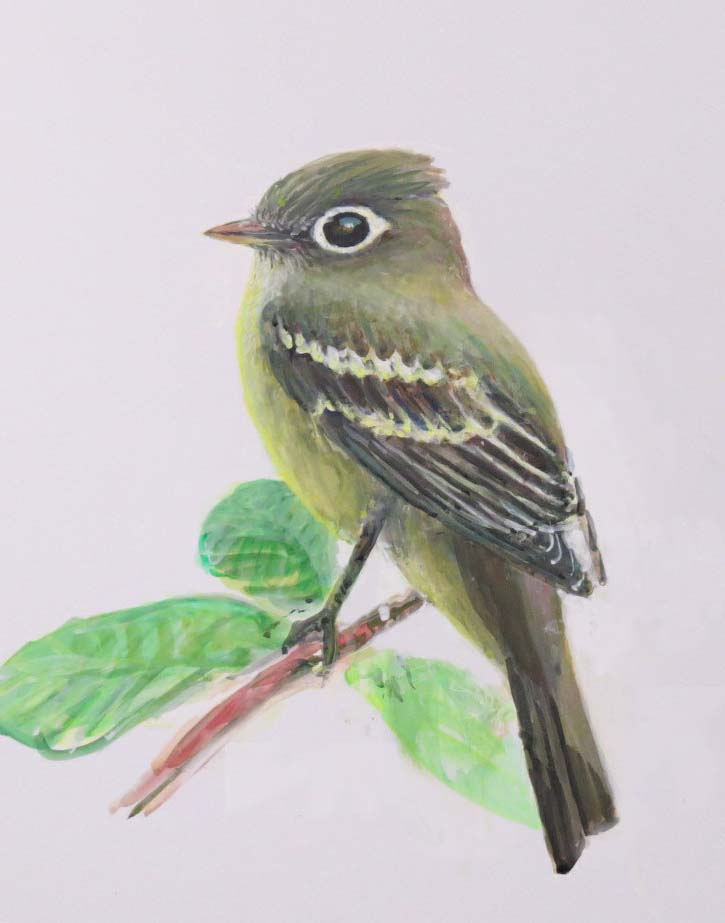
Sorry, the comment form is closed at this time.